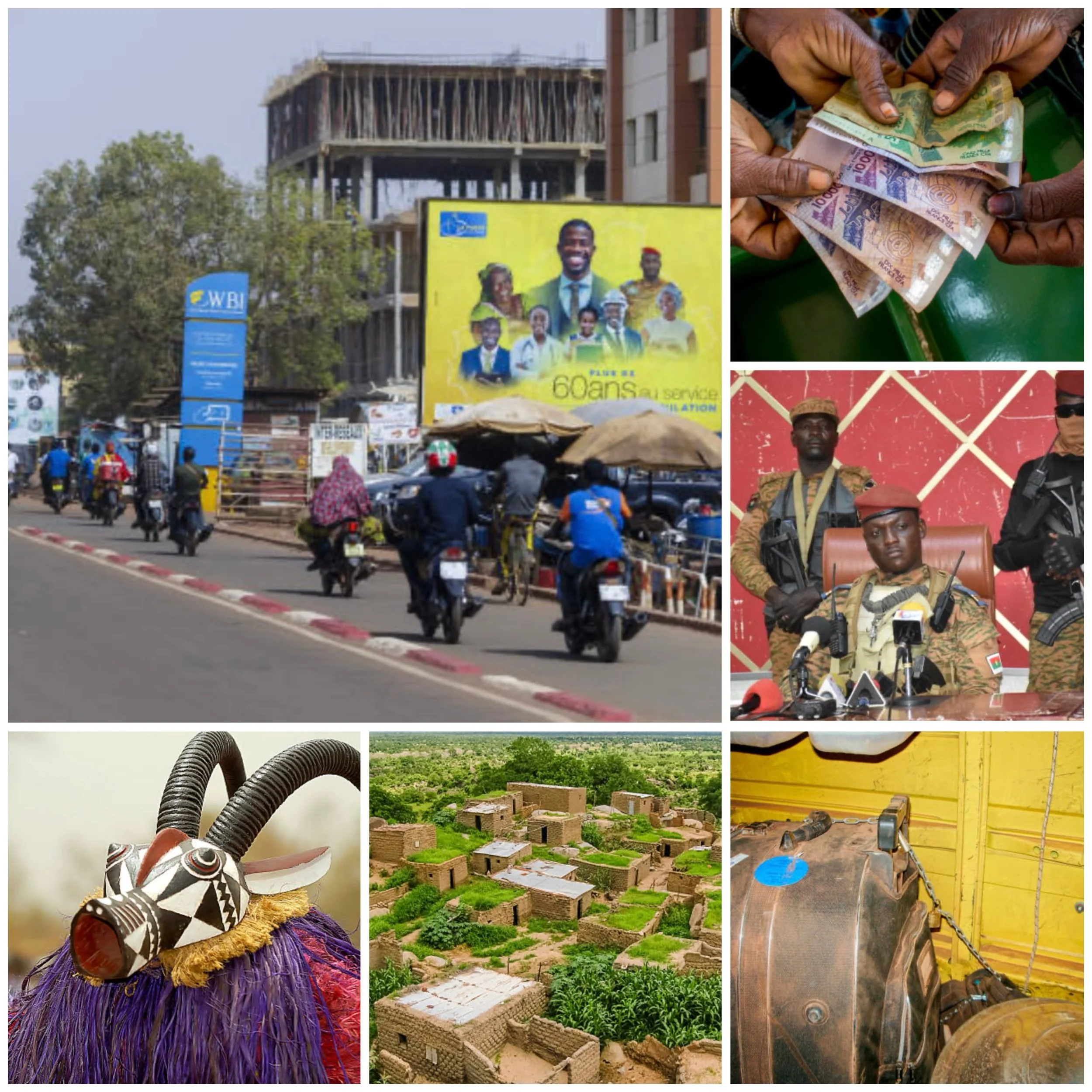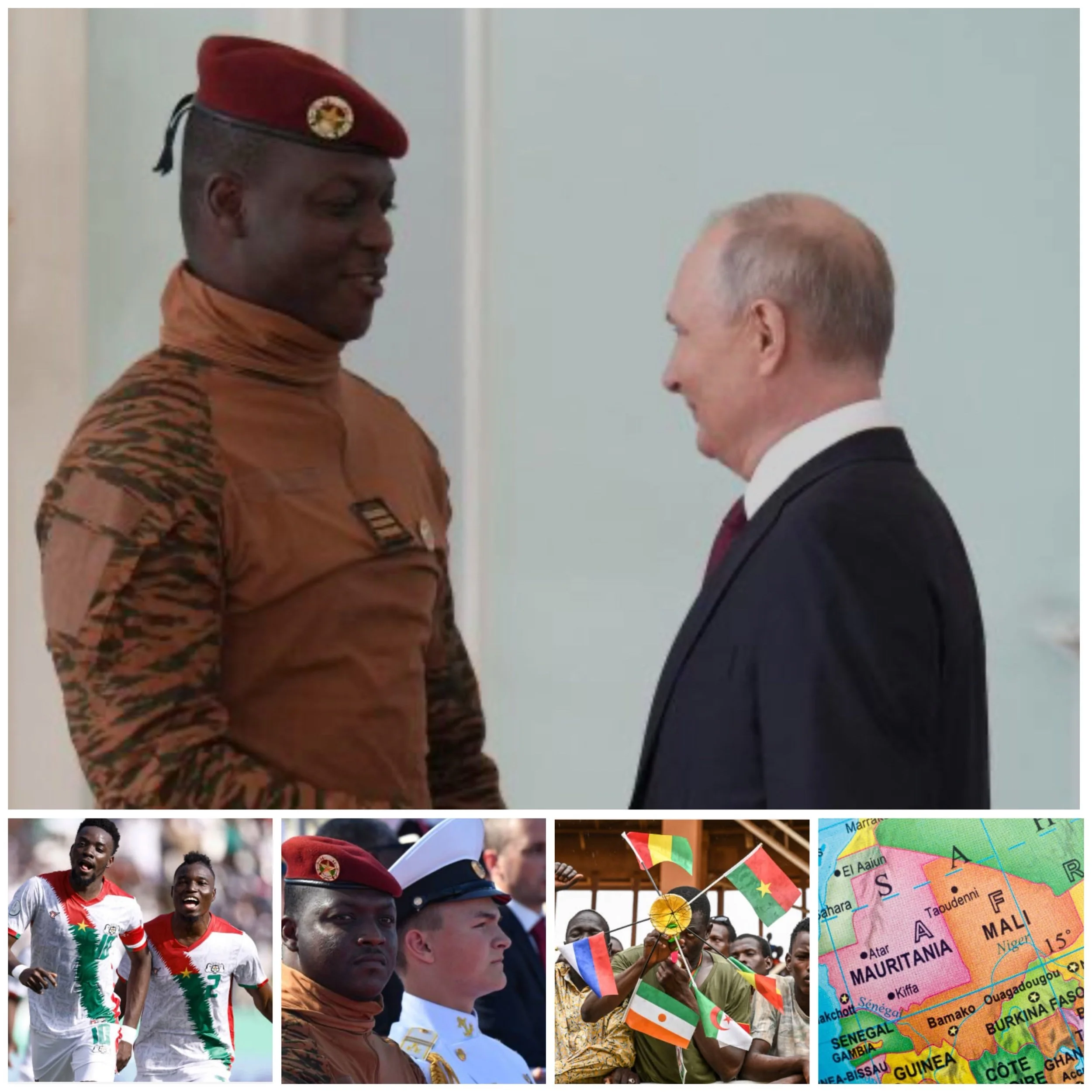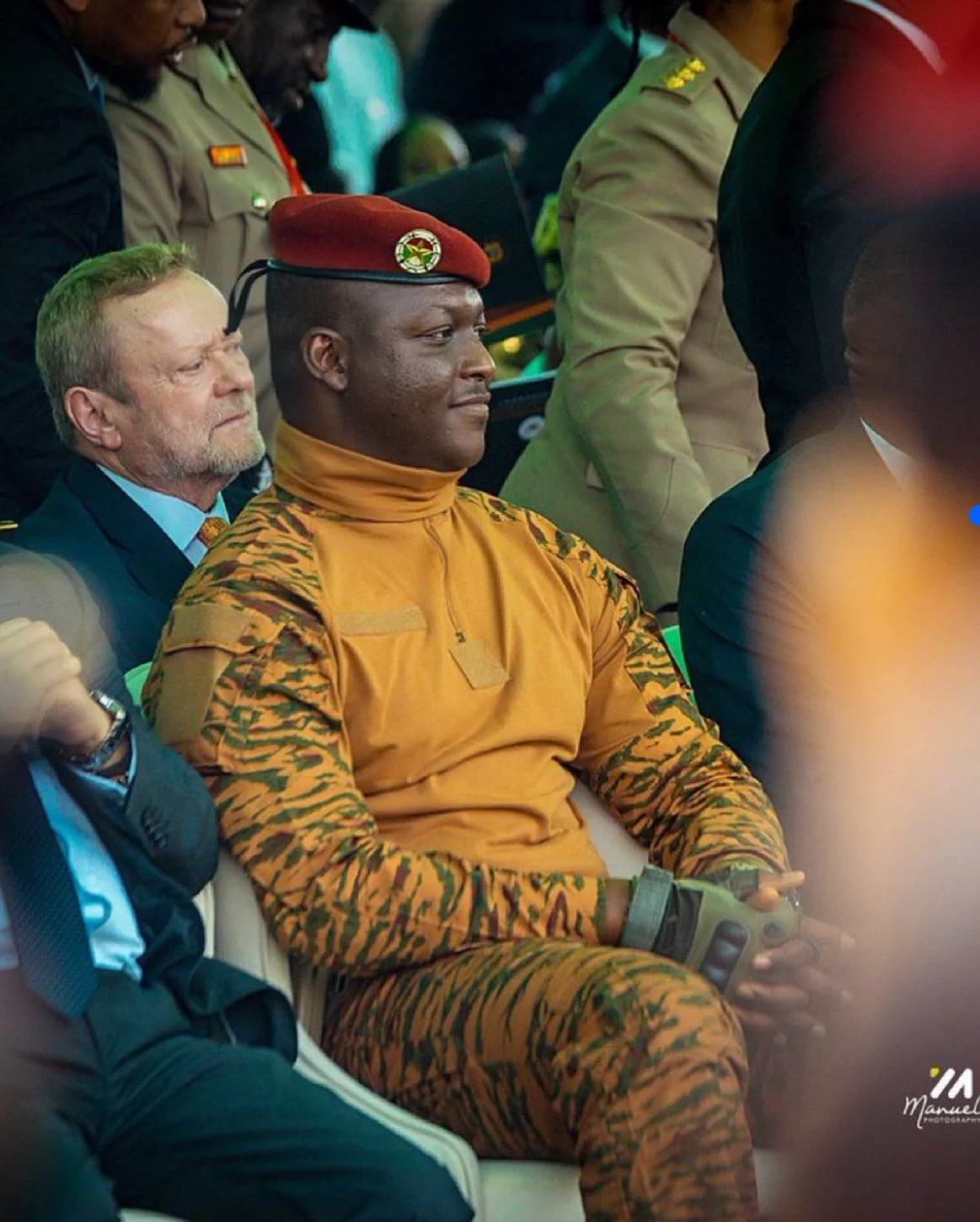Burkina Faso economic growth in GDP after Ibrahim Traoré's takeover in 2022
Introduction
Since Ibrahim Traoré took power in Burkina Faso in September 2022, the country’s economic growth has shown signs of improvement despite ongoing challenges. Here’s an overview of Burkina Faso’s economic performance under Traoré’s leadership:
GDP Growth
After a period of sluggish growth in 2022 (1.8%), Burkina Faso’s economy rebounded in 2023:
• GDP growth reached 3.2% in 2023, corresponding to a GDP per capita growth of 0.6%.
• For 2024, GDP growth is expected to accelerate further, with projections ranging from 3.7% to 4.0%.
• The IMF forecasts growth to reach 5.5% in 2024, indicating a positive trend.
Key Economic Drivers
Several factors have contributed to this economic recovery:
1. Agricultural Sector: The government has increased support for agriculture, which accounts for 20% of GDP and employs 60% of the population. New initiatives include $820 million for developing strategic sectors and $36 million to boost cereal production.
2. Mining Sector: Gold production, which was initially disrupted by security issues, has begun to recover. The mining sector, particularly gold, remains a crucial driver of the economy, accounting for 80.4% of exports and 18.2% of GDP in 2023.
3. Services Sector: Services, especially ICTs and financial services, have shown robust growth, contributing significantly to the overall economic performance.
4. Industrial Development: The government has implemented policies to nurture local businesses and entrepreneurs across various sectors, fostering a more diverse economy.
Challenges and Risks
Despite the positive growth trajectory, Burkina Faso faces several challenges:
• The ongoing security crisis continues to impact economic activities and political stability.
• The humanitarian situation remains critical, with around 2 million internally displaced persons.
• The country’s withdrawal from ECOWAS, set for January 2025, may have economic implications.
• Inflation, while low in 2023 (0.7%), has surged to 5.7% in August 2024, primarily due to rising food prices.
Outlook
The economic outlook for Burkina Faso under Traoré’s leadership is cautiously optimistic:
• If the security situation remains stable, growth could settle at around 4.0% (1.5% per capita) over 2025-2026.
• The government is focusing on fiscal consolidation and improving revenue mobilization, which could support sustained growth.
• Poverty is expected to decrease slightly over the medium term, by approximately 1 percentage point per year.
However, it’s important to note that the economic outlook is subject to significant downside risks, including potential deterioration in the security situation, climatic shocks, and commodity price volatility.
Conclusion
while Burkina Faso has shown economic resilience and growth under Ibrahim Traoré’s leadership, the country still faces substantial challenges. The government’s focus on agricultural development, industrial diversification, and fiscal reforms appears to be yielding positive results, but sustained progress will depend on addressing security issues and navigating regional political dynamics.




